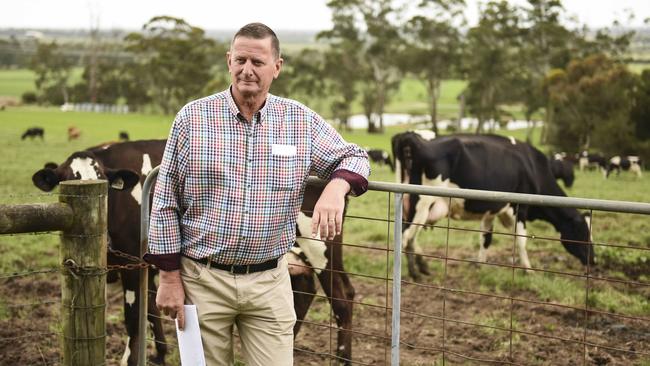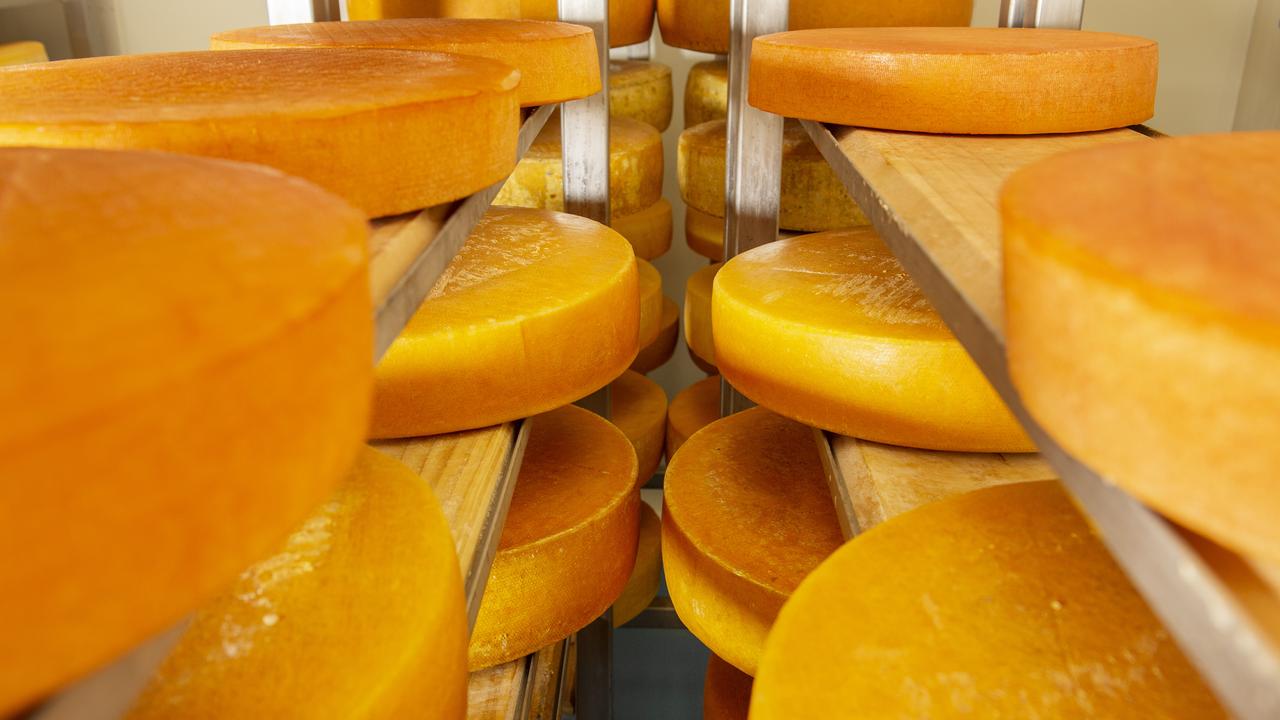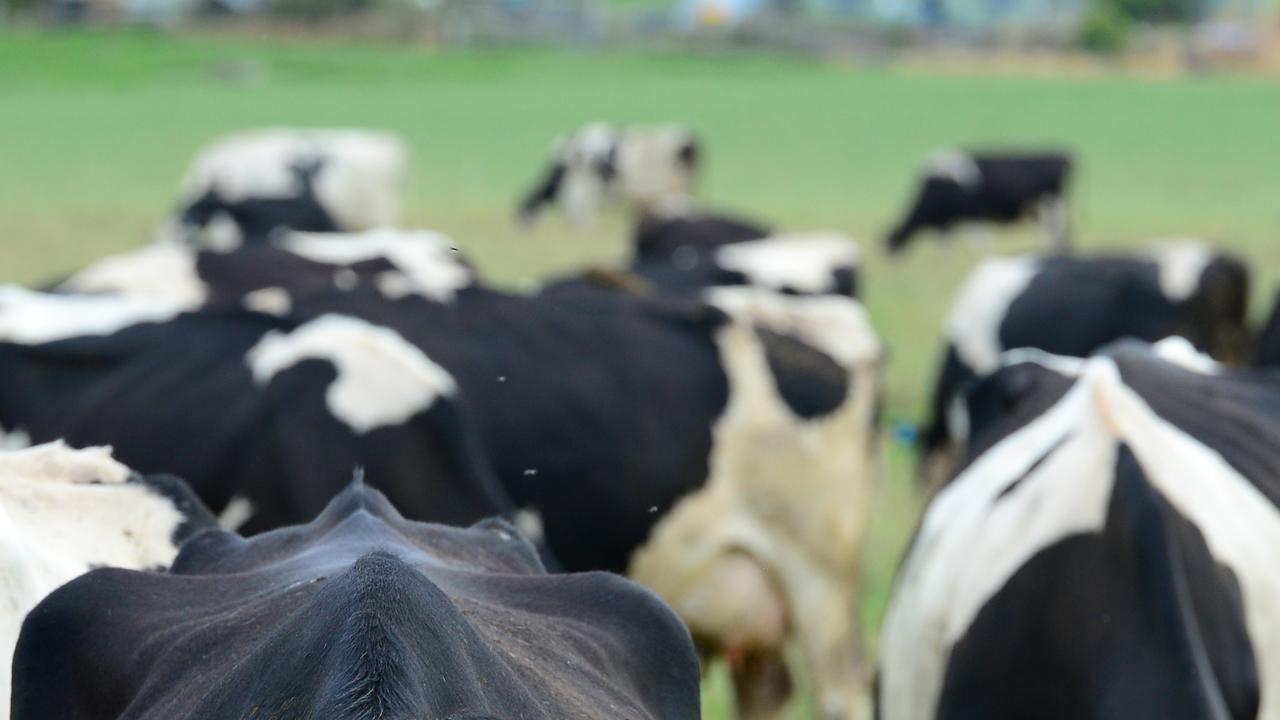Coles and Woolworths dollar-a-litre milk: Australian dairy farmers look to decade ahead
Australia’s big three supermarkets ditched dollar-a-litre milk in 2019 but as ALEX SINNOTT writes, getting past the discount era remains a challenge.

HISTORIANS like to neatly encapsulate a decade in a few key moments.
For the Australian dairy sector, the 2010s were a time of foreign investment, roller coaster farmgate prices and the demise of Murray Goulburn.
But there was one issue that seemingly summed up Australian dairy’s decade of frustration like no other — dollar-a-litre milk.
In January 2011, both Coles and Woolworths slashed the price of its generic milk lines to $1 for one litre cartons and $2 a litre for two litre bottles. Aldi swiftly followed suit.
It took eight years of advocacy from the dairy industry and pressure from Canberra to force the price up 10 cents.
Generic prices now hover at $1.20 a litre — still far lower than if natural inflation had taken effect between 2011 and the start of the coming decade.
The relationship between farmers, processors and supermarkets was in the spotlight earlier this month at the launch of the draft Australian Dairy Plan, hosted at John Versteden’s Longwarry farm.
Questions soon arose as to why the supermarkets weren’t represented at the cross-sector event. Mr Versteden said the supermarkets had a role to play in dairy 2020s revival.
“The dollar-a-litre milk campaign, we certainly got cannibalised by that a felt a bit powerless to do anything about it,” he said.
“You could argue that consumers benefited from it but it was clearly used by supermarkets to get people into the store, the cabinets are in the back of the store. There’s a commercial imperative for them. We’re getting some traction in that space and hopefully that will continue because it does need to be valued.”
Last week, The Weekly Times revealed the ADF chief executive David Inall wanted the price of generic milk to be lifted to $1.50.
“If we are to stop farm exits and hardship, then retailers need to temporarily increase the price of their store brand retail fresh milk to $1.50 per litre with the increase going back to farmers via their processors,” David Inall said.
He was the first national dairy figure to call for a retail step-up, echoing demands from dairy farmers in NSW and Queensland, which are particularly exposed to the domestic market.
Unsurprisingly for those seeking change, the $1.50 call was dodged by the big three retailers.
A Coles spokesman did not respond directly to Mr Inall’s $1.50 call, only to say the supermarket giant had raised $8.6 million for drought-affected families.
“In markets where we source Coles Brand milk through processors, the farmgate milk price is set by the processors independently of Coles,” the spokesman said.
“The farmgate component of the price Coles pays to processors is currently at its highest level in many years.”
A Woolworths spokesman was more direct: “We have no plans to make further price changes at this time.
“On top of the levy, we have also agreed to tens of millions in wholesale cost increases from milk processors across the dairy cabinet in response to rising farmgate prices.”
An Aldi spokeswoman said: “the recent drought has had a major impact on Australia’s primary producers and as such, we have been working directly with our suppliers to ensure that price pressures are eased.
“As part of this relationship we have accepted price increases from our milk processors and have implemented, with our processors, the collection and distribution of 10 cents per litre on behalf of dairy farmers, this has been in place since 20th March this year.”
Both Coles and Woolworths cited the Australian Competition and Consumer Commission’s submission to the Senate dairy inquiry, issued last month.
The consumer watchdog concluded that the introduction of dollar-a-litre milk “did not have an observable direct impact on farm numbers, output or profitability”.
“Rather, we found that movements in farmgate prices can be attributed to changing demand conditions within the export or domestic market, and that almost all contracts for the supply of private label milk allow processors to pass-through movements in farm gate prices to supermarkets.”
But the ACCC’s long-serving boss Allan Fels told The Weekly Times earlier this year called for the reintroduction of a retail levy of 11c per litre of liquid milk.
“To my mind, the levy was an adequate solution for that period following the deregulation of the dairy sector and it expired at a time when the industry had adjusted to the new way of operating,” he said.
The devaluation of dairy remains a sore point with many in the industry, including Queensland Dairyfarmers Organisation president Brian Tessmann.
He noted in 1992, a stamp was 45 cents, petrol was 62 cents per litre, and milk was $1 per litre.
Adjusted for inflation, the price of a stamp would be 85 cents (Australia Post recently raised it do $1) and petrol would be $1.17 a litre (service stations across Victoria were selling unleaded for at least $1.59 a litre prior to Christmas).
Using the Reserve Bank calculator, milk would sit at $1.89 a litre had inflation naturally taken its course during the past quarter century.
Food for thought as we head into the 2020s.


